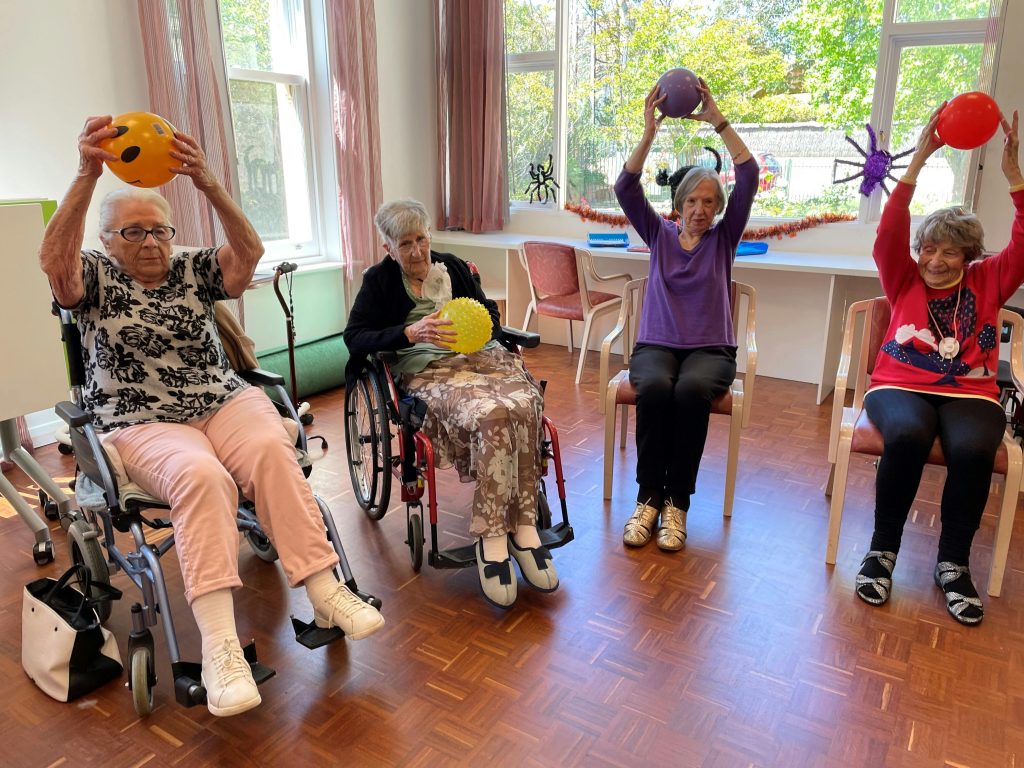Family visits are a cornerstone in maintaining strong emotional connections and overall well-being for residents in assisted living and memory care facilities. Creating an engaging environment for family visits can significantly enhance the quality of life for both residents and their families.
Understanding the Importance of Family Visits
Emotional and Psychological Benefits
- Emotional Support: Regular family interactions provide residents with a sense of belonging and emotional support, which is crucial for their mental health.
- Cognitive Stimulation: Engaging with family members can stimulate cognitive functions, particularly beneficial for memory care residents.
- Increased Happiness: Family visits often lead to improved moods and increased happiness, reducing feelings of loneliness and depression.
Health and Wellness Impact
- Physical Health: Frequent visits can encourage residents to stay active and involved in social activities, promoting better physical health.
- Nutritional Benefits: Family members can ensure their loved ones are eating well and address any dietary concerns with the facility’s staff.
Designing a Family-Friendly Environment
Comfortable and Inviting Spaces
- Private Visiting Areas: Designate comfortable, private spaces for family visits, ensuring privacy and comfort.
- Outdoor Spaces: Create inviting outdoor areas with seating, gardens, and walking paths for families to enjoy together.
- Flexible Seating Arrangements: Provide various seating options to accommodate different group sizes and mobility needs.
Safety and Accessibility
- Accessibility Features: Ensure all visiting areas are accessible for individuals with mobility challenges, including ramps and handrails.
- Safe Environment: Implement safety measures such as non-slip flooring, adequate lighting, and emergency call systems.
Activities to Foster Engagement
Structured Activities
- Craft and Art Projects: Organize craft sessions where families can create art together, fostering creativity and bonding.
- Music and Dance: Arrange music therapy sessions or dance classes that families can participate in together, enhancing emotional connections.
Unstructured Activities
- Board Games and Puzzles: Provide a selection of games and puzzles for families to enjoy, promoting interaction and mental stimulation.
- Storytelling and Memory Sharing: Encourage families to share stories and memories, which can be particularly meaningful for memory care residents.
Facilitating Communication and Interaction
Effective Communication Tools
- Communication Aids: Provide tools such as whiteboards, picture books, and tablets to assist in communication, especially for residents with speech difficulties.
- Virtual Visits: Utilize technology to facilitate virtual visits when in-person meetings are not possible, ensuring continued family connections.
Training Staff
- Communication Training: Train staff to support and facilitate meaningful interactions between residents and their families.
- Cultural Sensitivity: Ensure staff are trained in cultural sensitivity to respect and accommodate diverse family traditions and practices.
Personalizing the Experience
Resident and Family Preferences
- Personalized Schedules: Allow families to schedule visits at times that are most convenient for them and their loved ones.
- Customization: Tailor activities and environments based on the preferences and needs of individual residents and their families.
Celebrating Special Occasions
- Birthday and Anniversary Celebrations: Organize special events for residents’ birthdays and anniversaries, inviting family members to join the festivities.
- Holiday Gatherings: Plan holiday-themed activities and meals that families can participate in, creating memorable experiences.
Measuring and Improving Family Visit Experiences
Feedback Mechanisms
- Surveys and Questionnaires: Regularly collect feedback from residents and their families about their visit experiences.
- Focus Groups: Conduct focus groups with families to gather in-depth insights and suggestions for improvement.
Continuous Improvement
- Action Plans: Develop and implement action plans based on feedback to continually enhance the visiting experience.
- Staff Training and Development: Invest in ongoing staff training to ensure they are equipped to support positive family interactions.
Conclusion
Creating an engaging environment for family visits in assisted living and memory care facilities is essential for strengthening bonds and enhancing the well-being of residents. By understanding the importance of family visits, designing inviting and safe spaces, offering engaging activities, facilitating effective communication, personalizing the experience, and continuously improving through feedback, facilities can foster meaningful and enriching family interactions. This not only improves the quality of life for residents but also ensures that their families feel connected and involved in their loved ones’ care.



